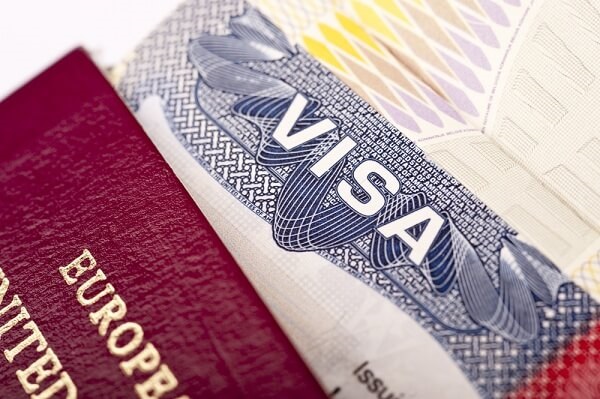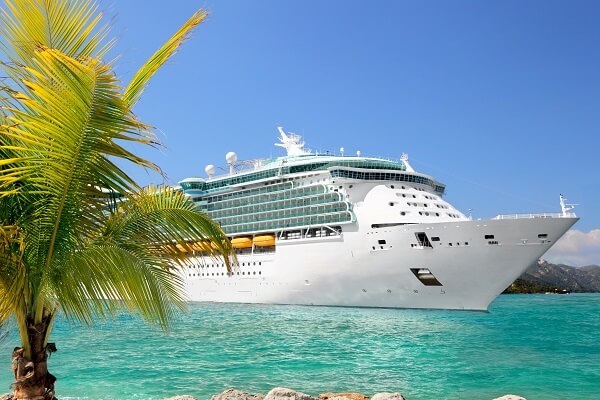A Guide to Taking your First Cruise
Cruising is an amazing way to explore the world, but planning your first cruise can be very daunting – after all, it isn’t as easy as jumping on a plane and hitting the beach. To help anyone planning their first ever cruise, we’ve created this handy guide.
Research
 Pick your Criteria
Pick your CriteriaThis first step can feel very overwhelming – with so many different lines, ships, routes and excursions to choose from, how will you ever pick? The best way to answer this question is to make a quick list of what you want from a cruise, for example do you want lots of family friendly activities to keep the kids entertained or would you prefer a more adult and luxurious atmosphere? Are there specific places you want to see? What sort of weather do you prefer? This will allow you to quickly shortlist the lines that meet your criteria.
Flights
When booking check whether the package is flight inclusive, if not you will have to book yourself and factor that additional cost into your budget. When booking flights, make sure to arrive as early as possible on embarkation day or the night before if possible, just to ensure any delays don’t stop you meeting the ship.
Excursions
A list of available excursions will usually be available to view six months before the cruise, or at the time of booking. The most popular excursions tend to book up quickly, so if there are a few you really want to go on you should book in advance. Other excursions can then be booked once you’re on the boat, via the shore excursion desk or sometimes via the cruise line’s app or cabin TV.
Visas and Jabs
Depending on your destinations of choice you may require visas and or inoculations to visit. Visit your doctor two months before your departure to check whether you need any additional medication or treatment in preparation for the trip. Your cruise line should be able to advise on visas, but always ensure you double check with your own research too.
Choosing a cabin
As with hotels, your cabin is your home for the entirety of the cruise, a place to sleep, get ready for the day ahead and of course, relax. James Lee from P&O Cruises advises; “It’s important to consider where your cabin is located. For example, early risers, keen to get up on deck for a leisurely stroll or jog before breakfast will find cabins located below public deck areas a very convenient location.” Cabins come in a range of locations and sizes. From the mid-ship suite to the inside cabin by the bow.
What to Pack

Dress codes, weather and activities will all differ depending on your cruise of choice, but it’s a good idea to pack the following;
For the day time…
- Light and loose fitting clothing, e.g. t-shirts, skirts, shorts – if going somewhere warm (remember that the evenings may be cool even in a hot climate, so make sure you pack a few jumpers)
- Hat, scarf, gloves, thick coats and jumpers – if going somewhere cold
- Swimsuit
- Comfortable shoes
- Activity clothing, e.g. shorts and t-shirts
- If you will be visiting any religious places or conservative countries, make sure you bring clothes which will cover you (e.g. shoulders, arms, head and legs) to show respect
For the evening…
- Men – tuxedo, suit with ties, shirts, polo shirts, chinos
- Women – dresses or smart outfits, formal and cocktail dresses or trouser suits
- Smart shoes to match outfits
In general make sure you pack…
- Sun protection
- Guide and phrase book
- Travel insurance documents
- Photocopies of all your important travel documents and prescriptions (just in case)
- Binoculars
- Sun glasses
- Sun hat
- A day bag – Curise ships are big, pack the essentials in a bag you can carry around all day
Before you leave home
 Documents
DocumentsIt is important that you read through all of the information sent to you by the cruise line. You may need to print out and complete some boarding forms (these will usually be sent three days before departure), and luggage tags (these will usually be posted to you or emailed for you to print out and attach to your bags). Don’t forget your passport!
Transportation
Depending on how and when you’re meeting your cruise, you may need to think about things like port parking, airport parking or taxis. Some cruise lines do offer transfers from the airport or pier, but these can be expensive and you must read the instructions carefully.
On Board

EmbarkingSetting sail is extremely exciting, and you should ensure you get a place on deck to really experience it – don’t start unpacking and miss a great part of the adventure! If you do have some time before departure, try to track down a map of the ship and explore where things are.
However, before you get to this point there will be a mandatory safety drill (known as muster drills), where guests and crew practice safety procedures including putting on life jackets and assembly points.
Money
Most cruise ships use a cashless system, so on check in you’ll usually receive a card or band which will allow you to charge costs to your room, things like food, drink, excursions, entertainment and gifts can all be charged. The day before you disembark an itemised bill be sent to you detailed all charges and how to settle the bill.
You may want to have some currency for shore excursions, to buy souvenirs and alike. It is best to get this currency before you leave home, as on-board ATMs usually charge high fees for withdrawals.
Medical treatment
The ship will usually employ a doctor and nurse to treat minor illnesses and injuries such as sea sickness. This treatment will not be free, and so it is a good idea to invest in specialist cruise travel insurance which covers cruising and on-board treatment. If you need more serious medical treatment you will usually be taken from the ship to the nearest land based hospital, so again it is absolutely vital that you get travel insurance to protect yourself against these costs.
Shore Excursions
 Solo vs Group Tours
Solo vs Group ToursWe’ve already discussed when and how to book shore excursions, but there is always the option of exploring on your own away from the scheduled tour. This can be an exciting way to explore, but for first time cruisers it is usually a good idea to stick with the group, not just to ensure you get the full experience, but also to ensure you don’t get lost and miss the ship’s departure time!
Other Excursion Advice
- Remember that in most markets around the world, haggling is expected! Do not offer the first price that is offered to you, most merchants expect a bit of haggling. Ask your guide if unsure.
- If you are travelling somewhere hot, make sure you wear a high factor of sun protection, drink plenty of fluids and take regular breaks in the shade.
- Always keep your bag close to you, use a bag which zips up or locks, and use a strap that goes across your body as opposed to on your shoulder. This should prevent anyone stealing your bag or pickpocketing you.
- Carry your change in a small purse and your notes in a money belt under your clothes; this should avoid flashing your purse and cash too often. Plus, if you are mugged you can hand over the coin purse as opposed to all your cash.
Remember to research local laws and customs before you disembark to avoid accidentally offending anyone (for example covering up when visiting Holy sights).
Further Reading:






